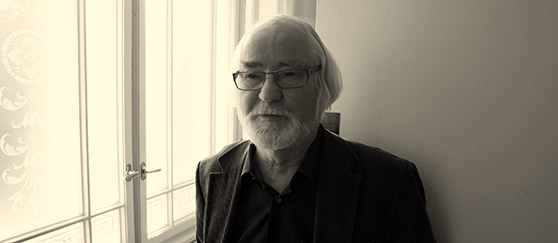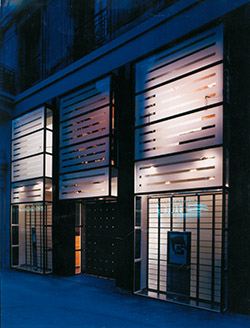 |
Juhani Pallasmaa is one of the greatest personalities in contemporary architecture. His reflections on architecture are read and appreciated worldwide. I had the opportunity to meet him during his last visit to Prague on the occasion of his appearance at Forum 2000.
Juhani Pallasmaa is very friendly and nice, humble. Among other things, he was amazed by how widely his books are read. He originally did not intend to write so many. He speaks slowly and thoughtfully, with some longer and some shorter pauses that suggest something substantial is coming. He doesn't talk much, but when he does, it's substantial. Some sentences feel like the tips of icebergs—there is deep thought and experience hidden behind them.
Juhani Pallasmaa is very friendly and nice, humble. Among other things, he was amazed by how widely his books are read. He originally did not intend to write so many. He speaks slowly and thoughtfully, with some longer and some shorter pauses that suggest something substantial is coming. He doesn't talk much, but when he does, it's substantial. Some sentences feel like the tips of icebergs—there is deep thought and experience hidden behind them.















